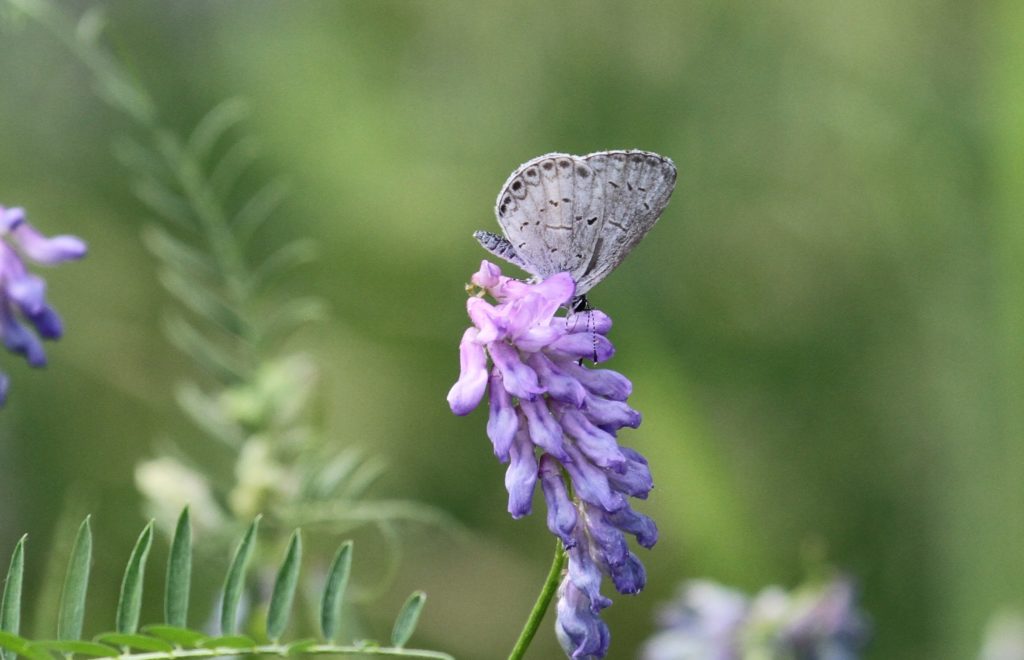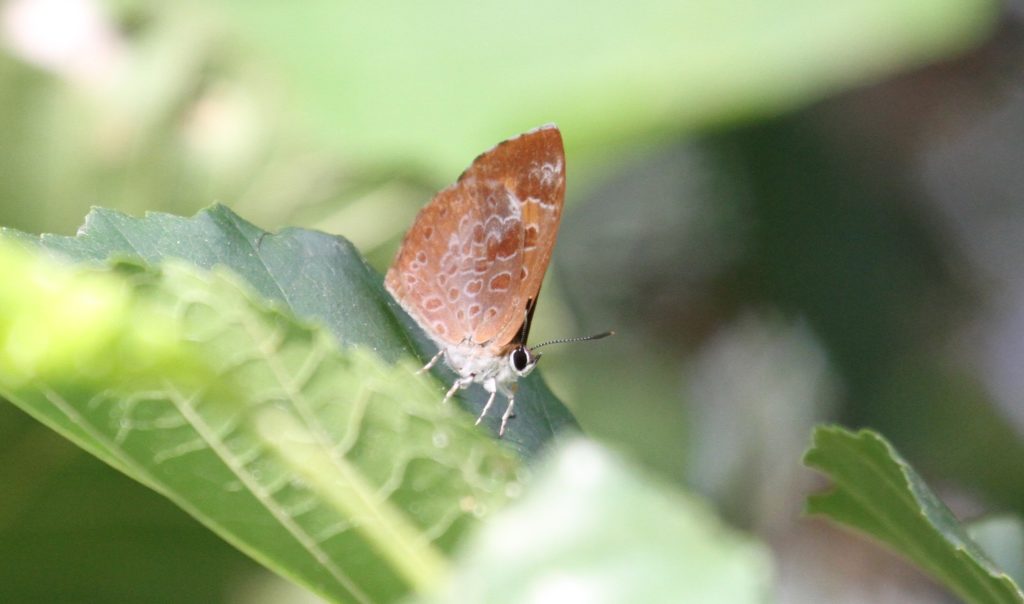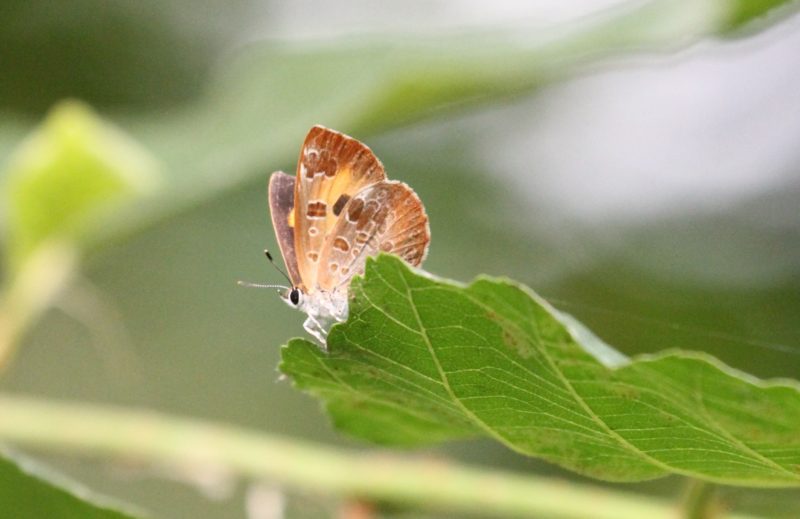I talked with a birder several years ago who was also an amateur artist. We were on a field trip to Amherst Island, where there’d been reports of a Eurasian Wigeon. At the time, this was a life bird for me, so I was understandably excited. My companion was indifferent. He wanted to talk about the much more common American Wigeon, whose plumage fascinated him. As an artist, he found the bird a challenge. The color of the breeding male—on the back and along the side—was indescribable and almost impossible to duplicate in a painting.
“It’s actually a very delicate shade—it doesn’t correspond exactly to any watercolor or oil paint that I know of. The only way to get it is by mixing colors, but good luck with that. I’ve been trying for years without success.”
David Sibley describes the shade as a “pinkish-brown,” and I suppose that’s as close as we’ll get to this subdued but glowing color that also contains suggestions of grey and orange. Let’s call it one of nature’s triumphs—a color that’s impossible to duplicate or describe with absolute precision.
I thought of this conundrum last week, when I saw a Harvester for the first time, the tiny butterfly that’s usually identified as “the only carnivorous butterfly in North America.” It’s actually the caterpillars that are carnivorous, if that’s really the word we want. They eat wooly aphids that infest alder trees, especially in habitats that are damp or marshy. The butterflies content themselves with feeding on the sugar solution secreted by the aphids. They’re also known to seek out rotten fruit and animal dung. Only rarely do they nectar on flowers.
The Harvester’s underwing presents the same difficulty of description as the American Wigeon’s plumage; in fact, the colors are somewhat similar. On the butterfly, the base color has been described in the field guides as “red-brown” or “orange-brown” or “purplish-brown.” Let’s call it purplish-brown with at times an almost greenish tinge or highlight. What complicates the description even further is the presence, on the underwing, of “many darker spots finely edged in white.” The Harvester’s upperside is more straightforward and bolder—a fine, bright orange bordered, and in places spotted, with dark brown. And let’s not forget the checkered leggings that, along with the black eyes rimmed in white and the black-and-white antennae, give this butterfly a raffish or natty air, as if it just stepped out of a P.G. Wodehouse novel. When I told somebody I was looking for a butterfly called the Harvester, she said, “Oh, what color is it?” Rather than attempt a description, I suggested she look up photos on line.

Until last week, I’d never seen a Harvester. When reports of one surfaced on the online sites, they always seemed to occur in rural areas far from Toronto. Then at the end of June, someone reported one on the Leslie Street Spit and attached a photo. What an opportunity, I thought, and biked down the next day. The butterfly had been seen on the trail that runs off the main road in the park and leads to the cormorant colony on Peninsula B. Alders line both sides of the path. I examined every tree along the path but couldn’t find any Harvesters. From there, I went to three other locations in the park that contain stands of alders. I found aphids but no butterflies.
I went back every week for a month, averaging two times a week, and never saw a single Harvester. I began to think the one found earlier must have been a stray that stayed the night and then moved on, no doubt to somewhere in rural Ontario.
Last week I had time on my hands and went again. It was one of those hot, muggy afternoons that seem to define the month of July. Partway down the path to Peninsula B, a small butterfly came up from the ground, then flew about madly and lit on a blue flower. I got the binoculars up. The butterfly’s wings were closed, and as it turned flat away from me, I saw it plainly: a Summer Azure.

Two guys went by on bikes talking. They pedaled to the end of the trail, then came back, still talking. When they were gone, I crossed to the other side of the trail and stopped when I saw four small butterflies chasing each other, rising up in a spiral, like a little whirlwind. At first, I thought, Oh, more azures, but there was something different about them. The overall color was darker, and when one lit on an alder leaf with its wings closed, the underside pattern seemed different from an azure’s. The problem was, the butterfly would never rest long enough to give a good look. The other three would return, and they’d all do their crazy dance in the air again. This happened three or four times before one of them settled on a leaf and opened its wings. Even without the glasses, I could see the orange and brown pattern and knew I’d finally found the Harvester. Then all four butterflies settled down and let me look at them as long as I pleased, sometimes with wings open, sometimes closed. I could gaze to my heart’s content and take as many photos as I wanted.
Not to get sententious about this, but it does pay to take a second look, and if that doesn’t work, a sixth or a seventh. It’s important to go back, to make that leap of faith, even in the teeth of repeated disappointments, of the sense of failure that often seems to be a precondition of life itself. When it rains it pours, and when it pours, it soaks right through to the skin.

